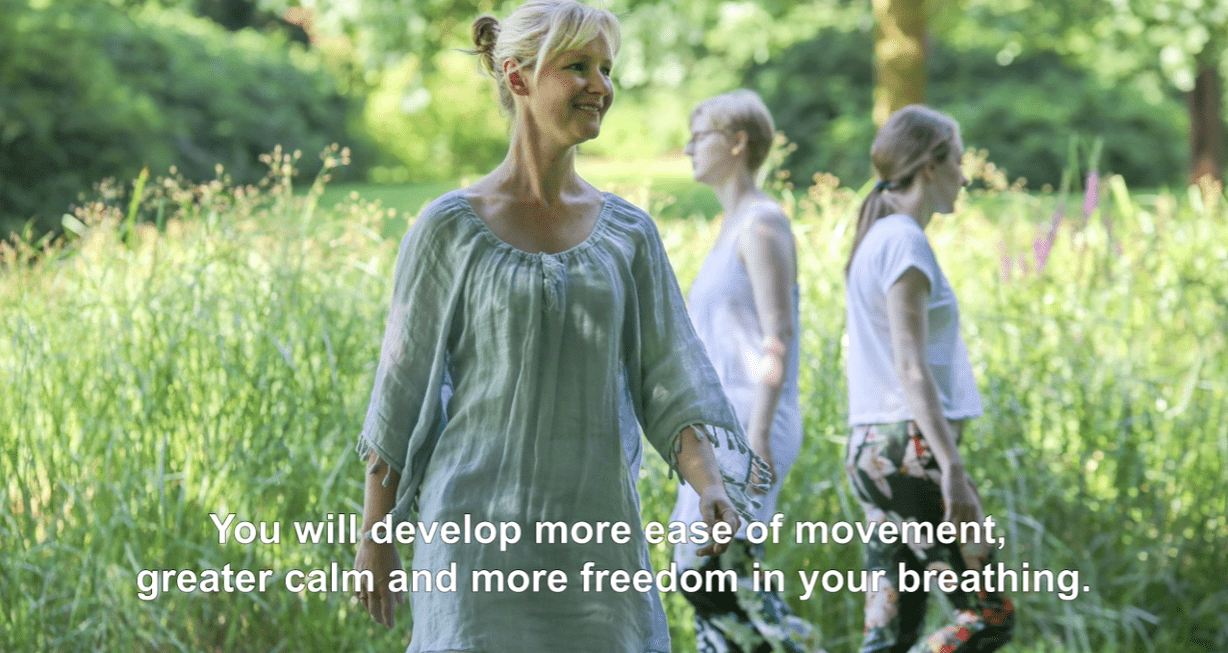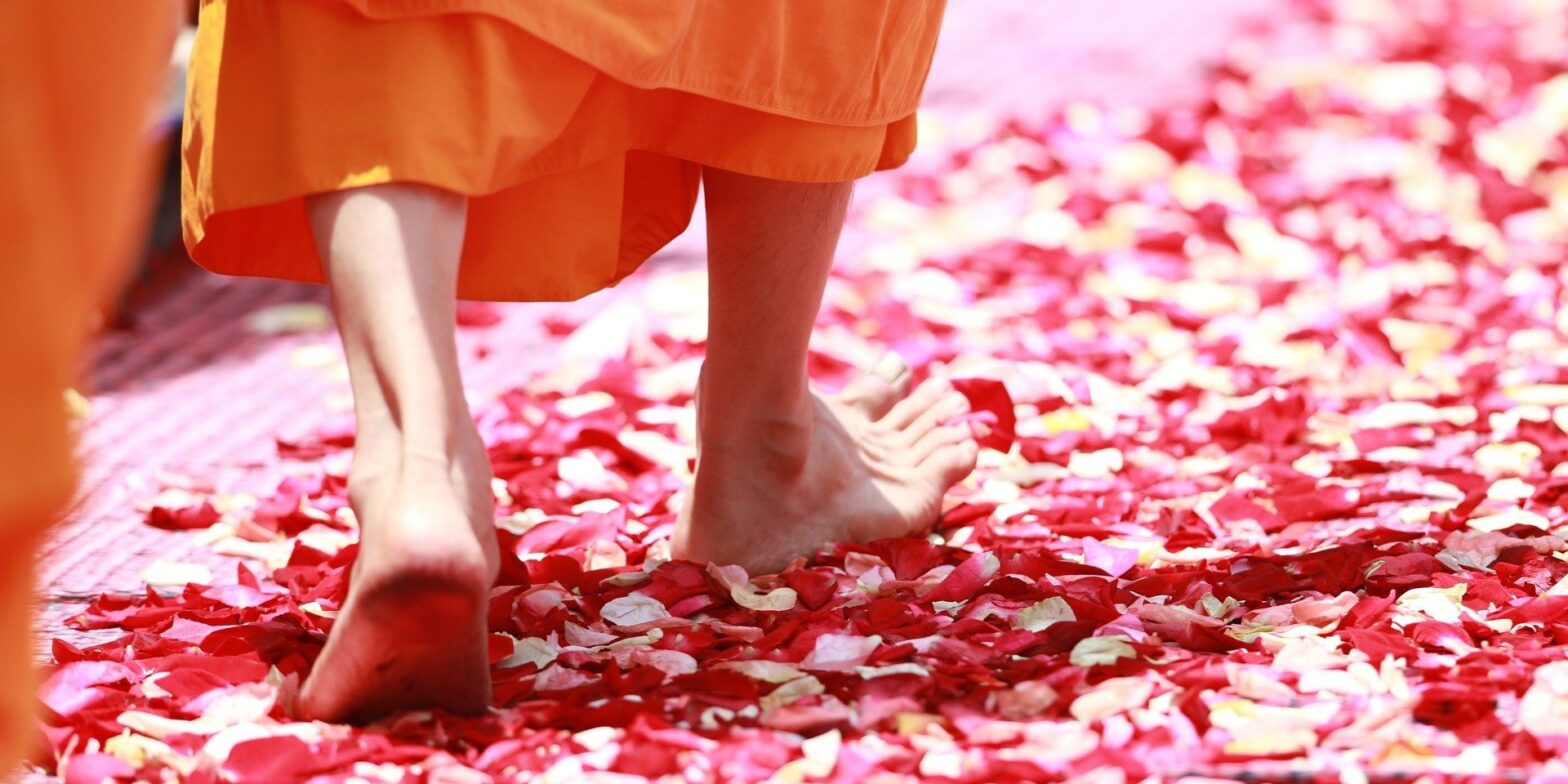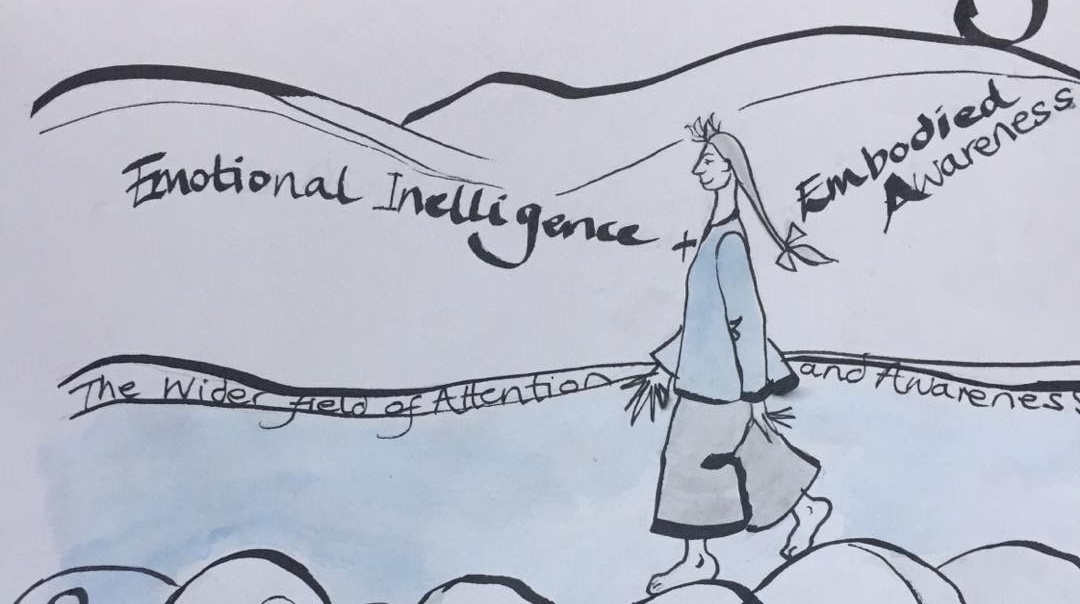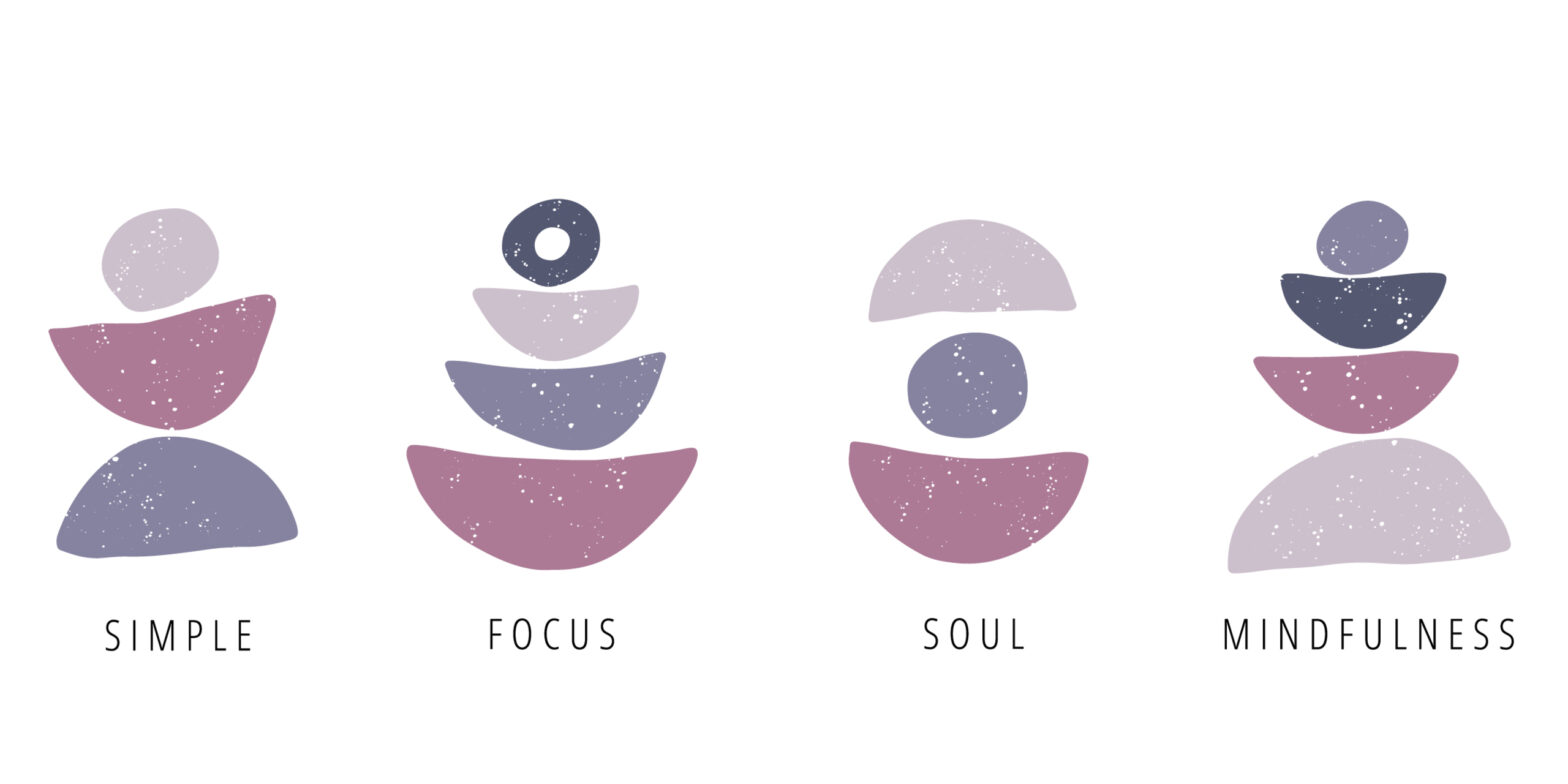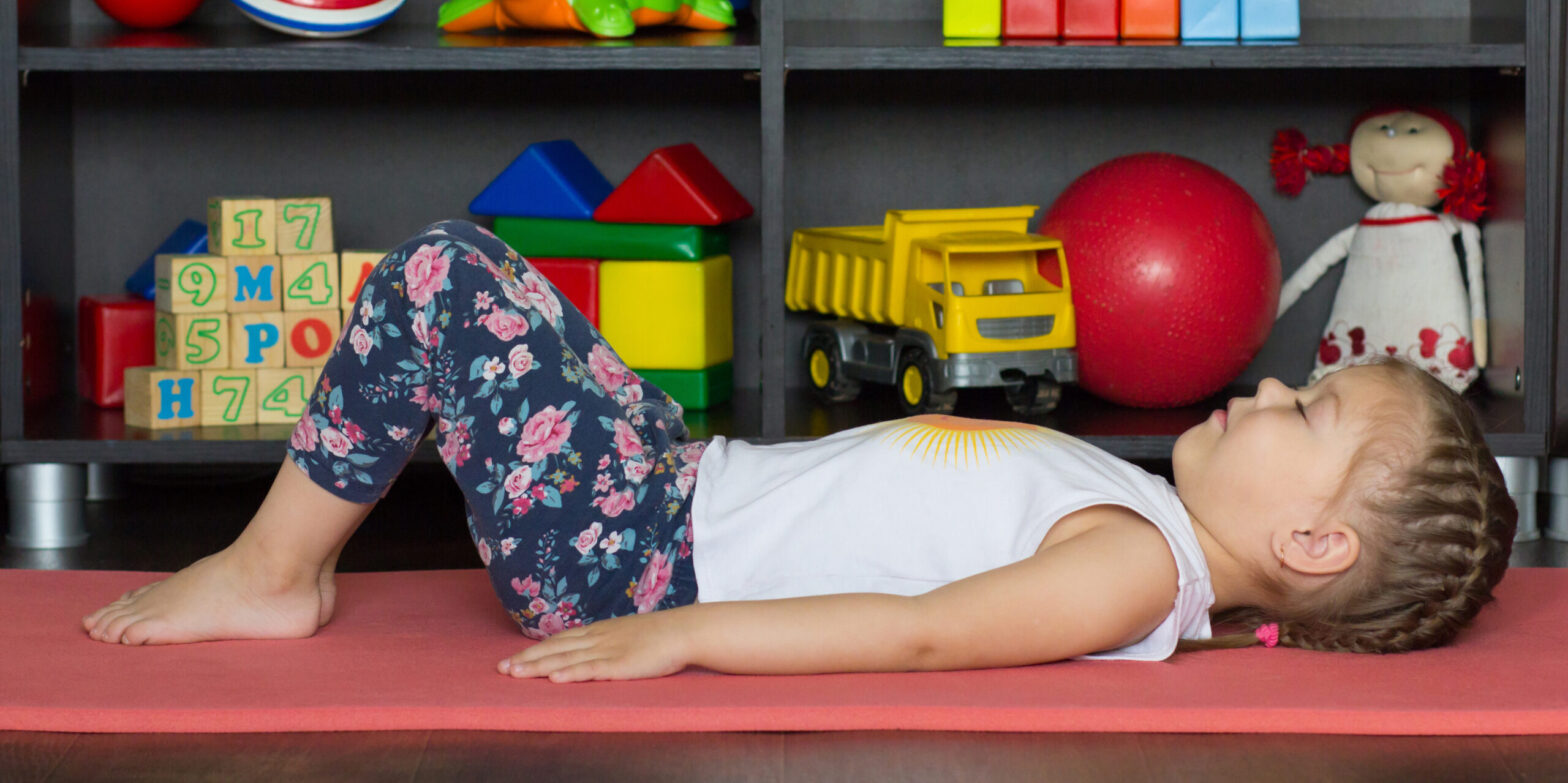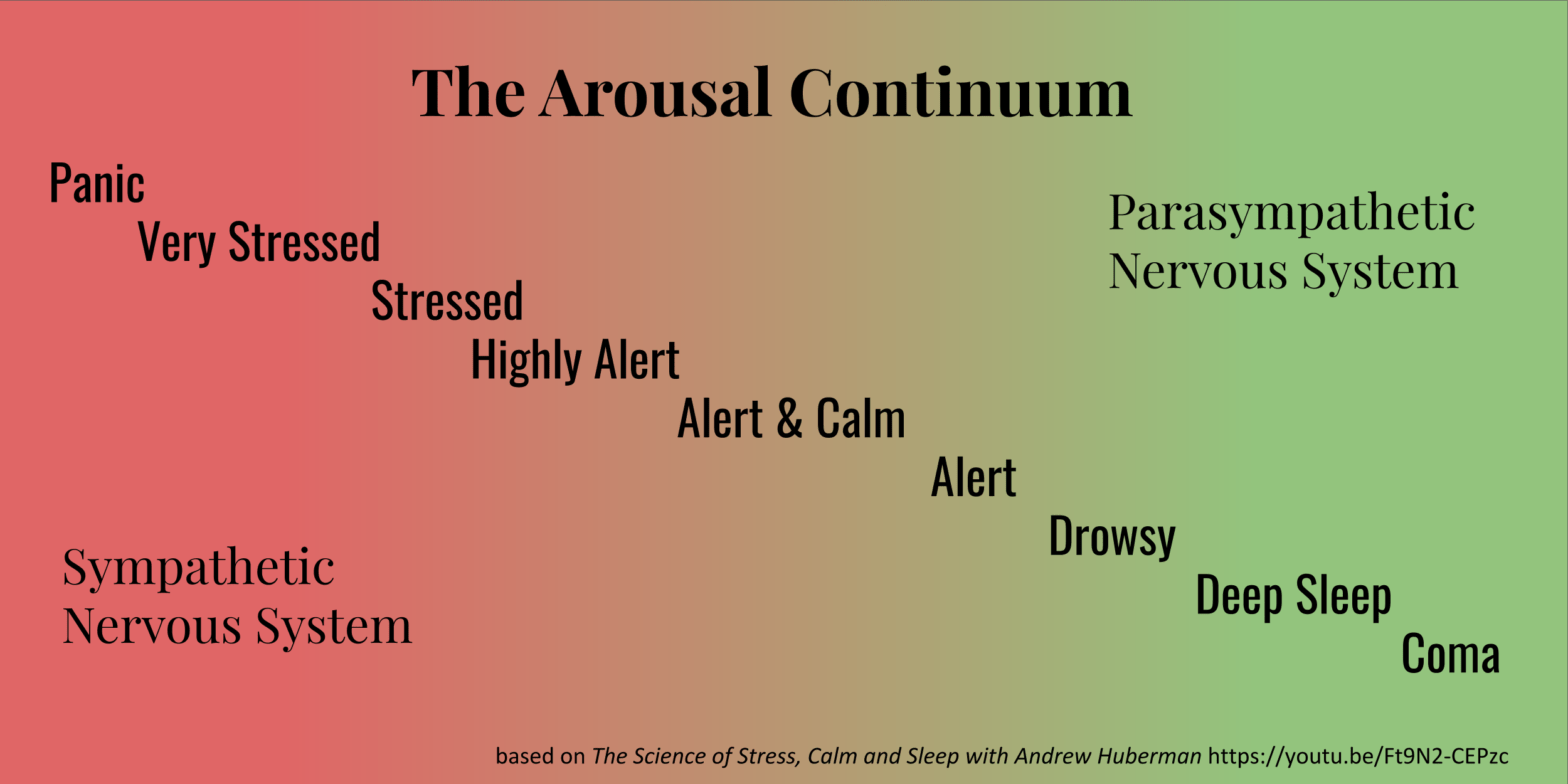The short answer to this question is ‘yes’. The longer and much better answer is ‘yes, but…’. In the Alexander Technique, we’re not learning the ‘correct’ way to sit, stand, walk or play the guitar, for example. As soon as you fixate on such a ‘correct’ way to move, you’re most likely inviting tension. In …
Continue reading “Does the Alexander Technique change how you move?”


